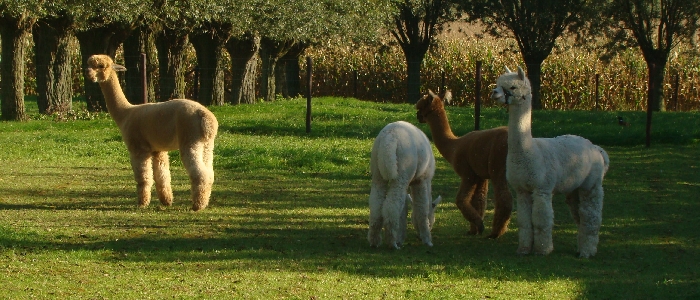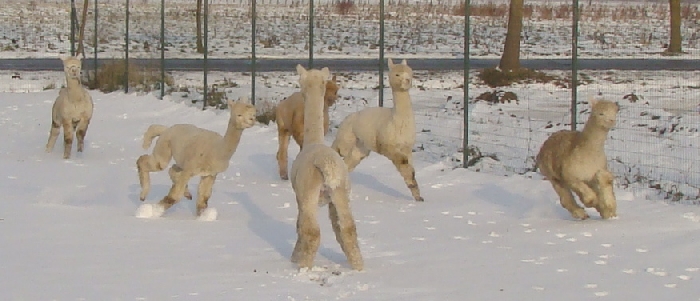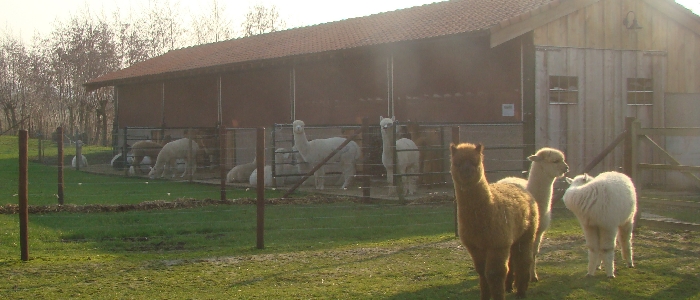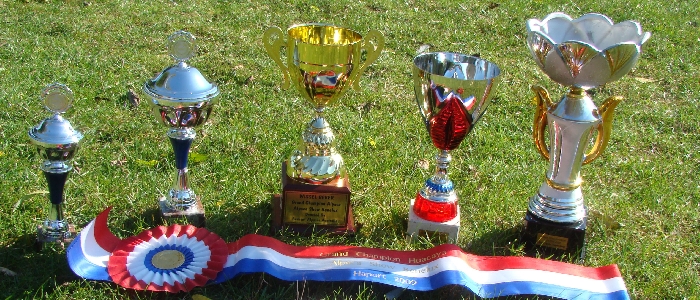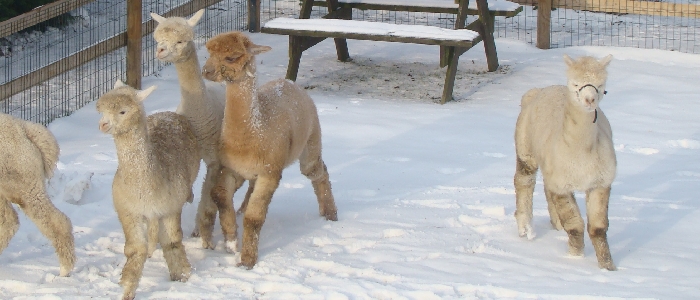Is dit de leeftijd?
Is this the Age for AGE?
By Nic Cooper, Southern Alpacas Stud
18 months ago AAA (Australia) introduced the AGE (Across-herd Genetic Evaluation) project. NZ was quick to get involved and join the introduction. The founders of this initiative need huge plaudits.
AGE is a simple recording mechanism for "traits" (alpaca attributes) that the breeder thinks important and wants to record accurately across a large population to point the way to improvement in the breeder’s herd.
Whilst focused on individual breeder improvement, it is a short further step to see that the national herd benefits from the success of such a project.
It is not new technology. The Coopworth sheep breed has been "doing" AGE (breeding values) for 64 years. And have had phenomenal financial benefit through breed improvement.
Right now, the AGE concept is spreading around the alpaca world.
Other Countries
Having Mike Saffley at our Rotorua conference in 2004 meant that Mike (being a shrewd breeder and businessman) took the concept back to USA. At the 2005 Parade of Champions in Portland a full day of lectures were given over to AGE and like concepts. But chatting to participants I believe the AGE concept is very foreign to the investment based US industry, and the few enlightened breeders pushing the concept will have a hard job getting buy-in.
The UK is now considering launching the project. But are about 2 years behind.
My guess is South America is still tying to understand what we are all talking about.
AGE has its detractors in NZ also.
The "trader of alpacas" who would rather not have their marketing hype confused by fact.
The small "pet" breeder who does not have solid breeding improvement goals.
Even some of NZ’s best researchers, who believe it is too early for the industry to be embarking on this road.
I would like to put a different point of view.
The Age for AGE
Now is the time. Accepted that results and benefits may be many years away - but now is the time to start, and now is the time for NZ to be committed to the project.
1) Serious breeders have reached the point where improvement becomes less obvious generation to generation. We have (at the quality end) outgrown "buying for improvement" and are now going to have to "breed for improvement". From here the going gets hard, and any informational assistance we can get will help.
2) There are a small number of bigger breeders in NZ that will benefit from AGE is an internal herd improvement way. Not many. But enough to get started.
3) Smaller breeders will benefit from the data (as published) in their stud and purchase selection.
4) Australasia is first. And the 2 years or so advantage we have will be worth many millions of $ to the industry in the longer term.
This does mean we must not lose momentum (and we have been recently). Renewed emphasis needed please.
5) Within Australasia, NZ has the small size that means it is easier to get a large proportion of the industry behind (and involved in) the project. And numbers - particularly genetically related numbers - are key to the accuracy of the data used.
6) So handled well, and comprehensively supported, NZ has the chance to gain a huge leap on the rest of the alpaca world by comprehensively embracing the AGE concept (Mike Saffley’s words, not mine).
Want to produce the best alpacas in the world - and be world recognised for doing so?
The clearest answer to this for many years (as far as I am concerned) is the AGE project. And NZ is best positioned of anywhere in the world to take up the advantage.
[2009-02-23 door Nic Cooper]

